Gem-A
The Journal of Gemmology Submission Guidelines
We welcome original articles shedding new light on subjects of gemmological interest. We also appreciate contributions for the various sections of the publication. If you would like to submit material for consideration, please refer to the notes on the preparation of manuscripts below, or contact the Editor-in-Chief.
Articles:
Peer-reviewed technical articles describe previously unpublished research shedding new light on subjects of gemmological interest. Articles are not normally accepted which have already been published elsewhere in English (including on the Internet), and an article is accepted only on the understanding that:
- Full information as to any previous publication (including online, whether in English or another language) has been given;
- It is not under consideration for publication elsewhere;
- It will not be published elsewhere for at least three months without the consent of the Editor-in-Chief, and a reference to the original publication in The Journal of Gemmology must be provided.
GEMMOLOGICAL BRIEFS | 1,000–3,000 words and 4-8 figures |
FEATURE ARTICLES | 3,000–7,000 words and up to 25 figures |
REVIEW ARTICLES | 6,000–8,000 words and up to 30 figures |
Other sections:
| What’s New: Announcements of new instruments/technology, publications, databases, online resources, etc. | Up to 300 words and 1 image |
| Practical Gemmology: Tips on using commonly accessible gemmological instruments to solve gem identification challenges. | Up to 700 words and 4 images |
| Gem Notes: Short notes on items submitted to gem labs, analytical facilities, or research scientists worldwide.Please contact the Editor-in-Chief for assistance with having a new item characterised by a gem lab. | Up to 700 words and 4 figures |
| Conferences: Synopses of new gemmological findings presented at recent conferences. | Length varies depending on number of presentations; up to 3 figures total. |
| Letters: Reader correspondence pertaining to items published in previous issues; if appropriate, authors will be given an opportunity to reply | Up to 700 words and 1 image |
| New Media: Reviews of new books and DVDs (to be arranged by editor-in-chief) | 300-1000 words |
| Literature of Interest: Listing of new articles and conference proceedings of interest to gemmologists.Please supply full reference or article PDF | N/A |
| Learning Opportunities: Calendar of conferences, exhibits, field trips, and other educational events.Please supply event title, dates, location, and website. | N/A |
Author guidelines:
Articles should be submitted as a Word document by email to brendan@gem-a.com. The text should be formatted in the manner of recent issues of The Journal and in conformity with the information described below. Papers may be of various length, but long manuscripts of more than 10,000 words (unless capable of division into parts or of exceptional importance) are unlikely to be acceptable, whereas a short paper of 1,000 words may achieve early publication.
If English is not your first language, manuscripts should be checked by an expert translator before they are submitted to The Journal for consideration.
All articles and Gemmological Briefs are typically sent to at least three reviewers and are also subject to copy editing. Authors may indicate reviewers who they feel would be appropriate, and they can also suggest reviewers who they prefer to exclude from the review process due to possible conflicts of scientific interest. Reviewers need not be limited to The Journal’s Associate Editors. The decisions of the editors are final. Authors are given the opportunity to review the page proofs of their article and are held responsible for its content. Authors who publish in The Journal of Gemmology receive a total of 25 offprints of their article free of charge.
The following guidelines apply to all Articles and Gemmological Briefs:
Title Block: | The title should be brief and give a clear indication of the content of the paper. It should be followed by the full names of the authors and by their postal and email addresses. |
Abstract: | A short abstract of 100-200 words is required. |
Headings: | All headings should be formatted in all-caps, with first-level headings in italic font and any further subheadings in bold font. Most articles should contain the following section headings: Abstract, Introduction, Materials and Methods, Results, Discussion, Conclusions, References and Figure Captions. A general outline for articles is available upon request. |
Figures: | High-resolution digital files (TIF or JPG format), at 300 dpi and sized to at least 10 x 15cm, should be submitted by email or via a file transfer website. After a paper has been accepted for publication, line art such as spectra, diagrams, maps etc. should, if possible, be supplied as vector files (EPS format). Alternate formats include AI and SVG. In addtion, photos should be supplied as original unannotated high-resolution files. All illustrations (maps, diagrams and photos) are numbered consecutively with Arabic numerals (Figure 1, Figure 2, etc.) and must be called-out consecutively in the text. Figure captions should be informative and written in complete sentences. For photomicrographs, give the field of view or magnification. All photos should have the photographer listed. |
Tables: | Must be in Word or Excel format, and include a brief title. They are called-out in the text and numbered consecutively with Roman numerals (Table IV, etc.). |
References: | |
Author information: | Give the name and location/affiliation for each author. Complete addresses are preferred, but may be limited to city/state/province/country. An email address should also be provided for the corresponding author. |
Acknowledgements: | Mention the persons (but not co-authors), businesses or organisations that helped with the research, supply samples, prepare the manuscript, etc. Sourcing of funding (grants etc.) should also be listed. |


